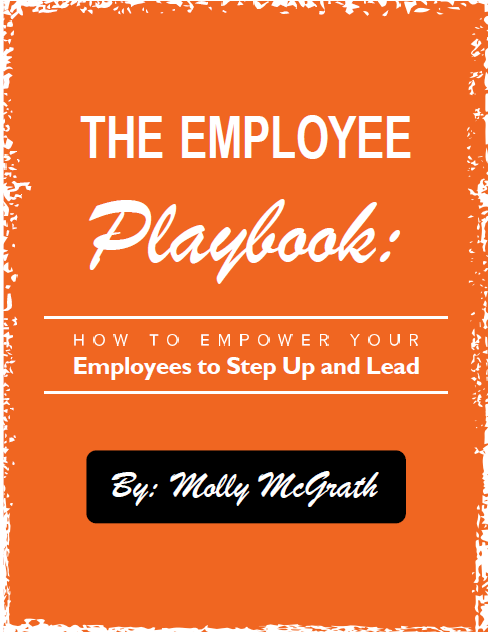You are waiting on a return call from a $10M client and your receptionist sticks them into voicemail. Or your urgent FedEx package gets put in your Inbox where you don’t notice it until the next day. How many times has something like this happened? Why is it seemingly so difficult to have consistency and intelligence around simple office procedures?
Training a team member on answering the phone is usually approached as a task to be completed as quickly as possible and checked off the list so the trainer can return to their work. As soon as the new person can speak relatively coherently, remember the names of your team members and learn where to find the hold button on the phone system, they are left to field calls and “yell if they have a question”.
Considering that the person answering the phone is the first, often unchangeable impression, a new client has of your firm, this is scary. From someone who calls A LOT of law firms across the country, I’ll tell you – it’s frightening!
The #1 job of every person in your firm is to “connect” with people hiring (or considering) hiring you. The first twenty seconds of every first interaction with your firm needs to communicate kindness, compassion, fun and warmth. The training process and the world of business is “serious” and “professional” but if you are interacting with training in a very analytical, task-oriented way that will be communicated to every person that interacts with your firm. It is greatly impacting your bottom-line. Trust us. Are you training the receptionist how to push buttons on your phone system or how to connect with potential clients who call? People are hiring you for your ability to counsel, relate and “hear” them, not for documents. No role/job is about the documents, portfolios or funding; it is about the ability to be human and be present. Remember, you are in the Personal Services Business. Have fun and that alone will distinguish you in the marketplace (and the growth of your firm)!
Phone Training Success Strategies:
1. Don’t rush it. Every incoming phone call is a training opportunity. It’s easy to get so busy that you just take a call and handle it, rather stopping and explaining it and training someone else how to handle it. Not only does this never allow your workload to decrease, but it isn’t very empowering for the new person to just be a switchboard operator. Let them learn how to handle phone calls and contribute to your firm.
2. Create and use phone scripts. If you don’t have scripts on how to handle the most common types of phone calls your firm receives, it’s a great time to create them. You don’t have to make a project out of it. It simply takes 15 minutes and a little bit of focus. Sit with your new “Director of First Impressions” and review the three most common calls coming into the firm. Ask yourself “what questions can she ask to really drill down on what the caller needs and how she can assist them” and together brainstorm the best responses. Make sure you verify that she heard and actually understood what you are saying…versus just taking notes. This provides consistency of how questions and incoming calls are handled. There is nothing worse than that feeling when you walk by the receptionist and cringe at how they just answered someone’s inquiry. I literally had prospective client call in once and ask “Does your firm do Medicaid planning?” and our receptionist replied “Hmm…. I think our attorneys just went to a training program on that.” Ouch! Not what we wanted to convey to prospective clients.
3. Clarify your position on voicemail versus taking a message. Different firms have different preferences. Make it a consistent rule and crystal clear for your team what the protocol is. A lot of attorneys get annoyed when the receptionist sends all their calls to voicemail and they have eight messages at the end of the day. However, someone else on the team may prefer voicemail and be communicating that to the receptionist as the overall preference. Discuss it, decide what is best for your firm, then convey it clearly and have it written down as part of your phone procedures systems. A word of caution, in this day and age people are so sick and tired of being transferred to India and halfway across the globe that you run a BIG risk of them hanging up before the transfer is complete. And with attorneys…they are notorious for “dodging” calls. So be the firm that “is” different than the thirty other firms in your marketplace.
4. Use Call Logs. Call logs serve as intake sheets for certain incoming calls. It provides consistency and makes sure all the correct questions are asked. It can serve as a decision tree for the receptionist to know what to do with the call next, based on the information collected. A call log should always end with the question “Is there anything else I can do for you right now?” This alone will make your firm stand out as one of helpfulness and accessibility, versus one who stuck you immediately into voicemail.
5. Implement Call Back Time. Each attorney and team members who receive a high volume of incoming phone calls should have a designated time each day to return phone calls. This allows the receptionist to set the expectation with the client that “Mr. Smith will return your call between 4 and 5 today – what number can you be reached at during that time?” Clients appreciate knowing when they will receive a call back. The receptionist can create a Call Back List of names and phone numbers throughout the day to hand the attorney for their call back time. (For a free Call Back List template email info@theultimatesmartsolution.com.)
6. Define your protocol for interrupting others. Decide on what constitutes an “emergency phone call” and warrants a meeting being interrupted. Don’t make your new receptionist who has been there for a week decide what an emergency is and what is not. Put your protocol in writing and add to your phone procedures systems.
7. Create a binder of all upcoming firm related events and information. Your receptionist should be aware of and have at their fingertips information on all upcoming workshops, etc. They need to be able to answer questions about location, timing, etc. rather than taking a message for someone else to call back. Every time you have to return a phone call you increase the possibility of losing the interest of the caller.
8. Train on your culture and value, not just what buttons to push on the phone. Your receptionist is speaking to your clients; therefore they need to know what clients hire you for and the culture of your firm. This allows them to speak in a similar tonality. Your receptionist should read every written piece of literature your firm has – brochures, website, client welcome letters, etc. It always surprises me how many people work for a company and haven’t read their marketing material. Clients read it – it’s what they hire you for – your team should read it too! Have them highlight key words that you use and explain to them what it means, in the context of your firm. For example, if you use ‘trusted advisor’, ‘value-based planning’ or ‘protection planning’ explain what this means.
9. Have your new “Director of First Impressions” be accountable for capturing the systems. They may not be able to create these phone technique systems, but they can be the one to put pen to paper and capture each instruction and decision. During their down time, when the phone isn’t ringing, they can type them up and organize into a system.
Don’t underestimate the intentionality and time it takes to complete phone training. We all take phones/the role of “receptionist” for granted. This is the single best training tool for any team member. Trust the process and invest the time and patience into it now. It will produce powerful results by creating the right impression for your clients and referral sources.
For help with hiring, systems and training – contact us today.

